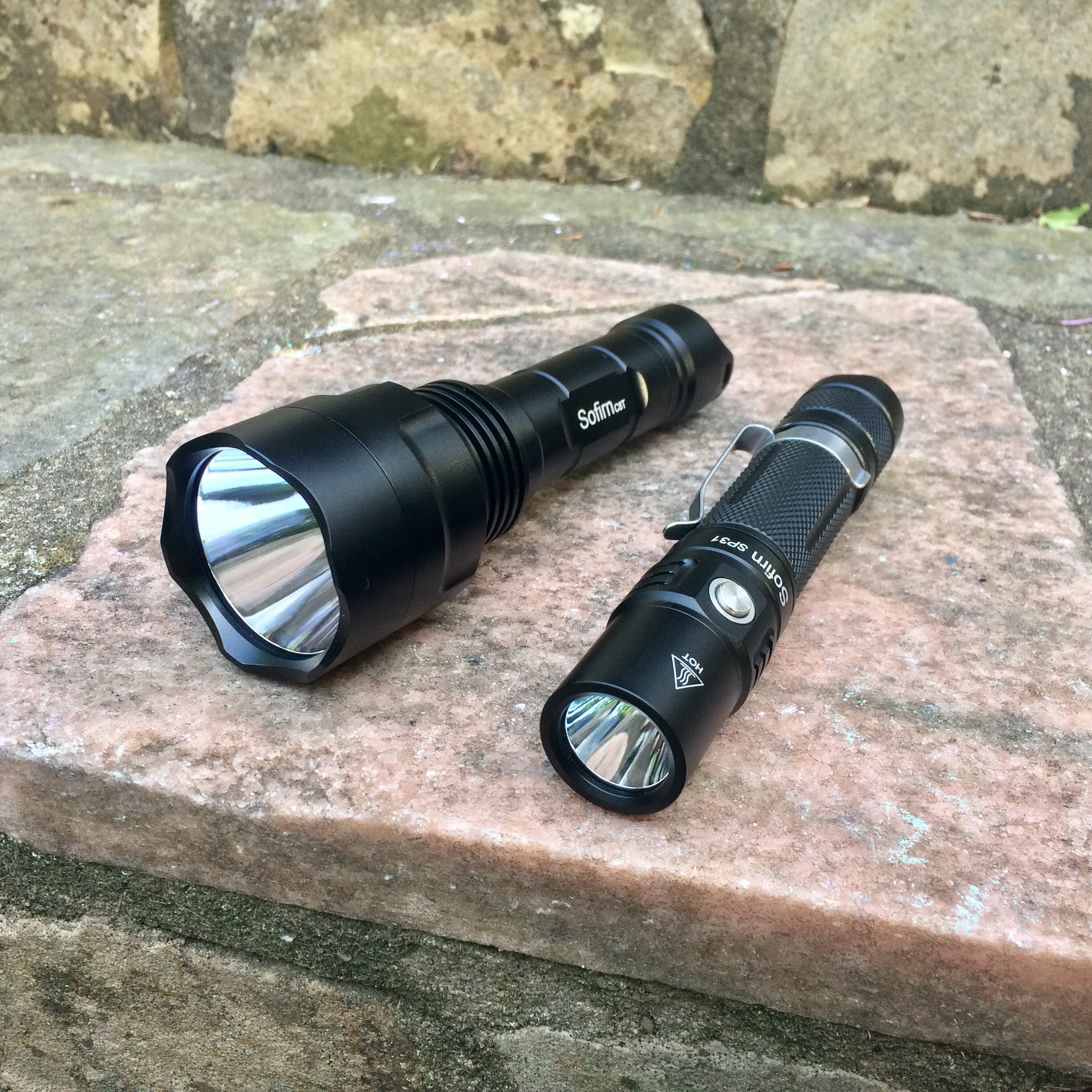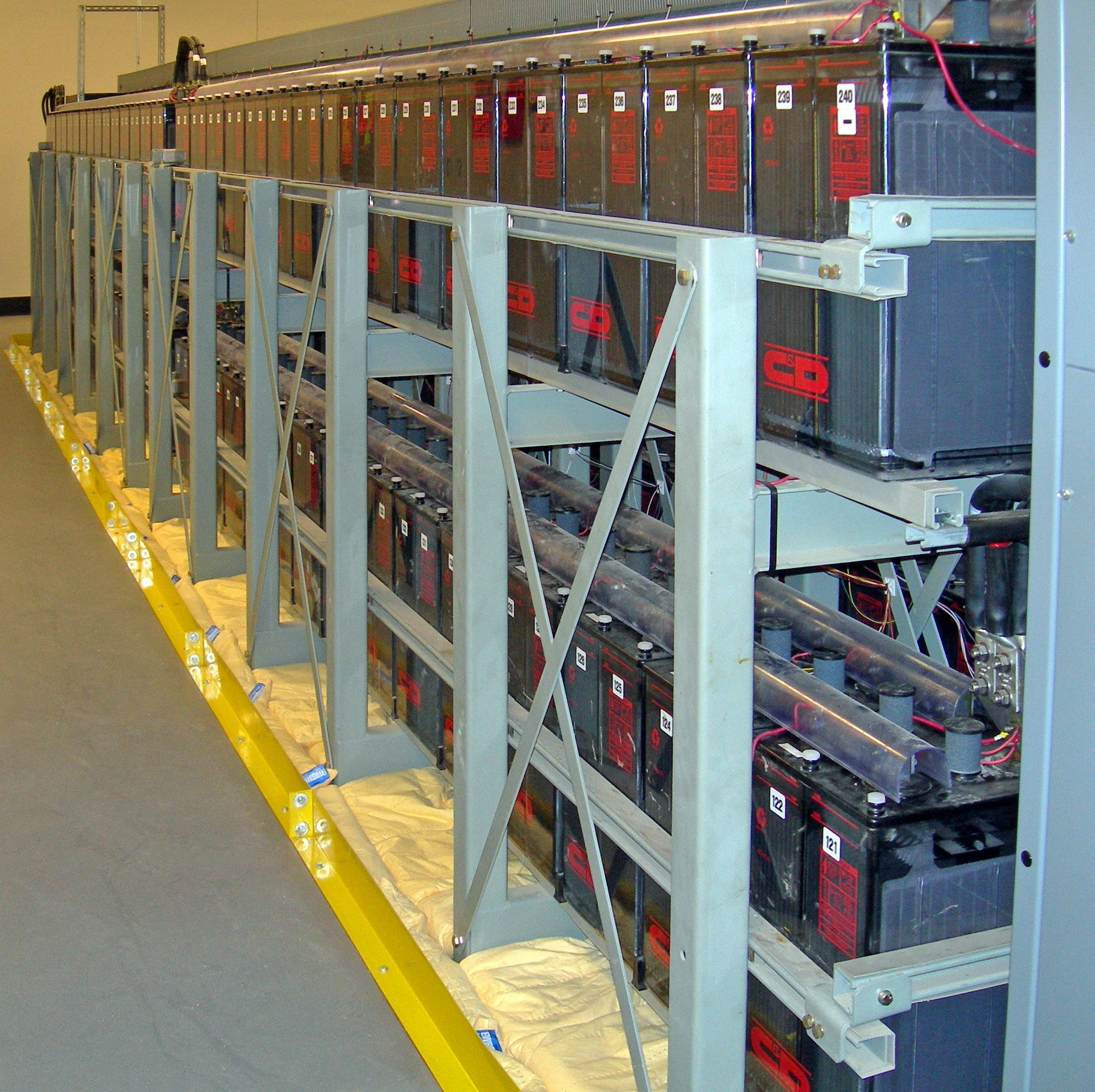|
Flashlight
A flashlight ( US, Canada) or torch ( UK, Australia) is a portable hand-held electric lamp. Formerly, the light source typically was a miniature incandescent light bulb, but these have been displaced by light-emitting diodes (LEDs) since the mid-2000s. A typical flashlight consists of the light source mounted in a reflector, a transparent cover (sometimes combined with a lens) to protect the light source and reflector, a battery, and a switch, all enclosed in a case. The invention of the dry cell and miniature incandescent electric lamps made the first battery-powered flashlights possible around 1899. Today, flashlights use mostly light-emitting diodes and run on disposable or rechargeable batteries. Some are powered by the user turning a crank, shaking the lamp, or squeezing it. Some have solar panels to recharge the battery. Flashlights are used as a light source outdoors, in places without permanently installed lighting, during power outages, or when a portable ligh ... [...More Info...] [...Related Items...] OR: [Wikipedia] [Google] [Baidu] |
D Battery
A D battery (D cell or IEC R20) is a standardized size of a dry cell. A D cell is cylindrical with an electrical contact at each end; the positive end has a nub or bump. D cells are typically used in high current drain applications, such as in large flashlights, radio receivers, and transmitters, and other devices that require an extended running time. A D cell may be either rechargeable or non-rechargeable. Its terminal voltage and capacity depend upon its cell chemistry. The National Carbon Company introduced the first D cell in 1898. Before smaller cells became more common, D cells were widely known as ''flashlight batteries.'' The U.S. military designation for this battery has been BA-30 since sometime before World War II. During World War II, it was designated the Type C battery by the U.S. Navy, leading to confusion with the smaller C cell battery (BA-42). In 2007, D batteries accounted for 8% of alkaline primary battery sales (numerically) in the US. In 2008, Swiss ... [...More Info...] [...Related Items...] OR: [Wikipedia] [Google] [Baidu] |
Torch
A torch is a stick with combustible material at one end, which is ignited and used as a light source. Torches have been used throughout history, and are still used in processions, symbolic and religious events, and in juggling entertainment. In some countries "torch" in modern usage is the term for a battery-operated portable light. Etymology From the Old French "''torche''" meaning "twisted thing", hence "torch formed of twisted tow dipped in wax", probably from Vulgar Latin *''torca'', alteration of Late Latin ''torqua'', variant of classical Latin ''torques'' "collar of twisted metal", from ''torquere'' "to twist". Torch construction Torch construction has varied through history depending on the torch's purpose. Torches were usually constructed of a wooden stave with one end wrapped in a material which was soaked in a flammable substance. In the United States, black bear bones may have been used. Modern procession torches are made from coarse hessian rolled into a tube a ... [...More Info...] [...Related Items...] OR: [Wikipedia] [Google] [Baidu] |
Energizer Holdings
Energizer Holdings, Inc. is an American manufacturer and one of the world's largest manufacturers of batteries, headquartered in St. Louis, Missouri. It produces batteries under the Energizer, Ray-O-Vac, Varta, and Eveready brand names, and formerly owned a number of personal care businesses until it separated that side of the business into a new company called Edgewell Personal Care in 2015. In January 2018, Energizer announced it was purchasing the global battery and lighting division from Spectrum Brands, which includes the Ray-O-Vac and Varta brands, for $2 billion in cash. This acquisition was finalized in January 2019 after a lengthy regulatory approval process. In November 2018, Energizer also purchased the global auto care division from Spectrum (brands which include Armor All, STP, and A/C Pro) for $1.25 billion in cash and stock. History The company has its foundation in the Eveready Battery Company, which in 1980 changed the name of its Eveready Alkaline P ... [...More Info...] [...Related Items...] OR: [Wikipedia] [Google] [Baidu] |
Lantern
A lantern is an often portable source of lighting, typically featuring a protective enclosure for the light sourcehistorically usually a candle or a wick in oil, and often a battery-powered light in modern timesto make it easier to carry and hang up, and make it more reliable outdoors or in drafty interiors. Lanterns may also be used for signaling, as torches, or as general light-sources outdoors. Use The lantern enclosure was primarily used to prevent a burning candle or wick being extinguished from wind, rain or other causes. Some antique lanterns have only a metal grid, indicating their function was to protect the candle or wick during transportation and avoid the excess heat from the top to avoid unexpected fires. Another important function was to reduce the risk of fire should a spark leap from the flame or the light be dropped. This was especially important below deck on ships: a fire on a wooden ship was a major catastrophe. Use of unguarded lights was taken so serious ... [...More Info...] [...Related Items...] OR: [Wikipedia] [Google] [Baidu] |
Disposable Battery
A primary battery or primary cell is a battery (a galvanic cell) that is designed to be used once and discarded, and not recharged with electricity and reused like a secondary cell (rechargeable battery). In general, the electrochemical reaction occurring in the cell is not reversible, rendering the cell unrechargeable. As a primary cell is used, chemical reactions in the battery use up the chemicals that generate the power; when they are gone, the battery stops producing electricity. In contrast, in a secondary cell, the reaction can be reversed by running a current into the cell with a battery charger to recharge it, regenerating the chemical reactants. Primary cells are made in a range of standard sizes to power small household appliances such as flashlights and portable radios. Primary batteries make up about 90% of the $50 billion battery market, but secondary batteries have been gaining market share. About 15 billion primary batteries are thrown away worldwide every year, v ... [...More Info...] [...Related Items...] OR: [Wikipedia] [Google] [Baidu] |
Rechargeable Battery
A rechargeable battery, storage battery, or secondary cell (formally a type of energy accumulator), is a type of electrical battery which can be charged, discharged into a load, and recharged many times, as opposed to a disposable or primary battery, which is supplied fully charged and discarded after use. It is composed of one or more electrochemical cells. The term "accumulator" is used as it accumulates and stores energy through a reversible electrochemical reaction. Rechargeable batteries are produced in many different shapes and sizes, ranging from button cells to megawatt systems connected to stabilize an electrical distribution network. Several different combinations of electrode materials and electrolytes are used, including lead–acid, zinc–air, nickel–cadmium (NiCd), nickel–metal hydride (NiMH), lithium-ion (Li-ion), lithium iron phosphate (LiFePO4), and lithium-ion polymer (Li-ion polymer). Rechargeable batteries typically initially cost more ... [...More Info...] [...Related Items...] OR: [Wikipedia] [Google] [Baidu] |
Camping
Camping is an outdoor activity involving overnight stays away from home, either without shelter or using basic shelter such as a tent, or a recreational vehicle. Typically, participants leave developed areas to spend time outdoors in more natural ones in pursuit of activities providing them enjoyment or an educational experience. The night (or more) spent outdoors distinguishes camping from day-tripping, picnicking, and other similarly short-term recreational activities. Camping as a recreational activity became popular among elites in the early 20th century. With time, it grew in popularity among other socioeconomic classes. Modern campers frequent publicly owned natural resources such as national and state parks, wilderness areas, and commercial campgrounds. In a few countries, such as Sweden and Scotland, public camping is legal on privately held land as well. Camping is a key part of many youth organizations around the world, such as Scouting, which use it to teach both s ... [...More Info...] [...Related Items...] OR: [Wikipedia] [Google] [Baidu] |
Luminous Efficacy
Luminous efficacy is a measure of how well a light source produces visible light. It is the ratio of luminous flux to power, measured in lumens per watt in the International System of Units (SI). Depending on context, the power can be either the radiant flux of the source's output, or it can be the total power (electric power, chemical energy, or others) consumed by the source. Which sense of the term is intended must usually be inferred from the context, and is sometimes unclear. The former sense is sometimes called luminous efficacy of radiation,International Electrotechnical Commission (IEC): ''International Electrotechnical Vocabulary''ref. 845-21-090, Luminous efficacy of radiation (for a specified photometric condition)/ref> and the latter luminous efficacy of a light sourceInternational Electrotechnical Commission (IEC): ''International Electrotechnical Vocabulary''ref. 845-21-089, Luminous efficacy (of a light source)/ref> or overall luminous efficacy. Not all wavelengt ... [...More Info...] [...Related Items...] OR: [Wikipedia] [Google] [Baidu] |
Incandescent Light Bulb
An incandescent light bulb, incandescent lamp or incandescent light globe is an electric light with a wire filament heated until it glows. The filament is enclosed in a glass bulb with a vacuum or inert gas to protect the filament from oxidation. Current is supplied to the filament by terminals or wires embedded in the glass. A bulb socket provides mechanical support and electrical connections. Incandescent bulbs are manufactured in a wide range of sizes, light output, and voltage ratings, from 1.5 volts to about 300 volts. They require no external regulating equipment, have low manufacturing costs, and work equally well on either alternating current or direct current. As a result, the incandescent bulb became widely used in household and commercial lighting, for portable lighting such as table lamps, car headlamps, and flashlights, and for decorative and advertising lighting. Incandescent bulbs are much less efficient than other types of electric lighting, converting le ... [...More Info...] [...Related Items...] OR: [Wikipedia] [Google] [Baidu] |
Carbon-filament Bulb
Edison light bulbs, also known as filament light bulbs and retroactively referred to as antique light bulbs or vintage light bulbs, are either carbon- or early tungsten-filament incandescent light bulbs, or modern bulbs that reproduce their appearance. Most of the bulbs in circulation are reproductions of the wound filament bulbs made popular by Edison Electric Light Company at the turn of the 20th century. They are easily identified by the long and complicated windings of their internal filaments, and by the very warm-yellow glow of the light they produce (many of the bulbs emit light at a color temperature of 2200–2400K). History Light bulbs with a carbon filament were first demonstrated by Edison in October 1879. These carbon filament bulbs, the first electric light bulbs, became available commercially that same year. In 1904 a tungsten filament was invented by Austro-Hungarians Alexander Just and Franjo Hanaman, and was more efficient and longer-lasting than the carboni ... [...More Info...] [...Related Items...] OR: [Wikipedia] [Google] [Baidu] |
New York City Police Department
The New York City Police Department (NYPD), officially the City of New York Police Department, established on May 23, 1845, is the primary municipal law enforcement agency within the City of New York, the largest and one of the oldest in the United States. The NYPD headquarters is at 1 Police Plaza, located on Park Row in Lower Manhattan near City Hall. The NYPD's regulations are compiled in title 38 of the '' New York City Rules''. The NYC Transit Police and NYC Housing Authority Police Department were fully integrated into the NYPD in 1995. Dedicated units of the NYPD include the Emergency Service Unit, K9, harbor patrol, highway patrol, air support, bomb squad, counter-terrorism, criminal intelligence, anti-organized crime, narcotics, mounted patrol, public transportation, and public housing units. The NYPD employs over 50,000 people, including more than 35,000 uniformed officers. According to the official CompStat database, the NYPD responded to nearl ... [...More Info...] [...Related Items...] OR: [Wikipedia] [Google] [Baidu] |









.jpg)